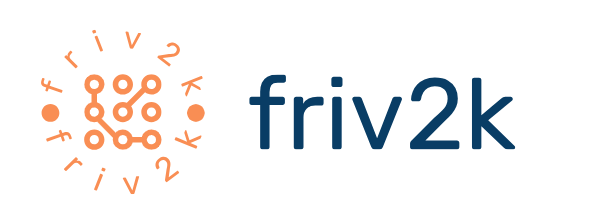The Evolving Nature of AI Relationships
Artificial intelligence is rapidly weaving itself into the fabric of our lives, and with this integration comes a new set of social dynamics. We’re not just interacting with AI; we’re forming relationships, albeit unconventional ones. These relationships range from the practical – relying on AI assistants for scheduling and information – to the more emotionally complex, like developing companionship with AI companions designed to provide emotional support. This evolving landscape presents unique challenges and opportunities for understanding how we navigate these interactions ethically and responsibly.
Defining the Moral Landscape of AI Interactions
One of the biggest hurdles is defining what constitutes ethical behavior in the context of AI relationships. Unlike human interactions, governed by a complex interplay of societal norms, empathy, and emotional intelligence, AI relationships currently operate within the parameters of their programming. This begs the question: should AI be programmed with a sense of morality? Should it be able to adapt its behavior based on evolving ethical standards? Determining the appropriate framework for ethical decision-making in AI is crucial to avoiding potential harm and ensuring fairness.
The Challenge of Bias and Fairness in AI Relationships
AI systems are trained on vast datasets, and if these datasets reflect societal biases, the AI will inevitably inherit and perpetuate them. This is particularly problematic in relationship-oriented AI, where biases could lead to unfair or discriminatory outcomes. For example, an AI companion designed to provide emotional support might exhibit different behaviors based on a user’s gender, race, or socioeconomic background. Mitigating bias in AI requires careful consideration of data selection, algorithm design, and ongoing monitoring of AI performance to identify and correct discriminatory patterns.
Transparency and Accountability in AI Relationships
Transparency is paramount in building trust and fostering ethical AI relationships. Users should understand how an AI system operates, what data it collects, and how it makes decisions that affect them. This includes being open about the AI’s limitations and potential biases. Furthermore, mechanisms for accountability must be in place to address instances of unethical behavior or malfunction. This could involve clear reporting procedures, independent audits, and regulatory oversight to ensure responsible development and deployment of AI systems.
The Emotional Dimensions of AI Relationships
The potential for emotional attachment to AI raises complex ethical considerations. While some find comfort and companionship in AI companions, others express concern about the potential for emotional dependency and manipulation. The question of whether AI should be designed to elicit strong emotional responses remains a subject of debate. Understanding the psychological impact of these relationships and establishing guidelines to prevent exploitation or harm is crucial.
The Future of Ethics in AI Relationships
Navigating the moral compass of AI relationships requires a multi-faceted approach. It involves collaborations between ethicists, AI developers, policymakers, and the public. Developing robust ethical guidelines, promoting transparency, and establishing clear accountability mechanisms are essential steps toward ensuring that AI relationships are beneficial and equitable for all. Ongoing research and dialogue are needed to understand the evolving nature of these interactions and to anticipate and address potential challenges.
The Importance of Human Oversight and Control
Even with sophisticated ethical programming, human oversight remains crucial. AI systems should not operate autonomously in areas with significant ethical implications. Human intervention should be readily available to review decisions, address concerns, and intervene in cases of potential harm. A collaborative approach, where humans and AI work together, leveraging each other’s strengths, offers a more ethical and responsible pathway for navigating the future of AI relationships. Learn more about relational ethics in AI here.





